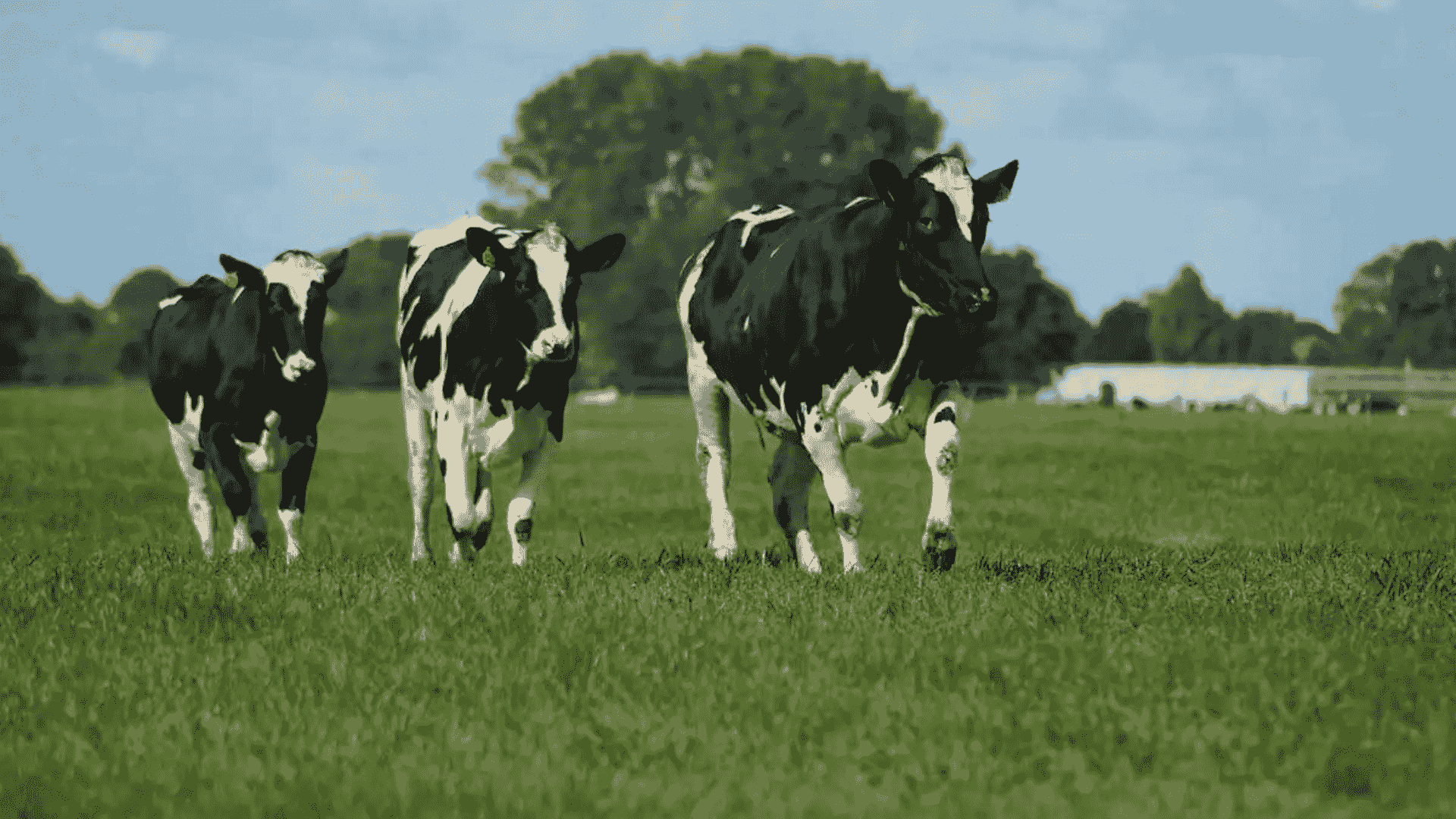Most researchers maintain that even if a human were to be infected by the bird flu virus, there is scant probability of widespread contamination, according to tests conducted thus far.
Paris: While experts assert that the risk of food contamination is minimal, the detection of avian flu virus remnants in pasteurized cow milk in the United States has sparked worries regarding potential human transmission of the disease.
In a notable investigation, US officials announced on Tuesday that they discovered traces of the avian flu virus in the cow milk supply. However, the samples were deemed to present minimal risk to human health.
What information do we currently possess?
Amid the ongoing outbreak, millions of chickens have succumbed to the H5N1 strain of Highly Pathogenic Avian Influenza (HPAI), while the infected cows have not experienced severe illness.
As per the US Food and Drug Administration, virus particles were detected in “milk from affected animals, in the processing system, and on the shelves” during a comprehensive nationwide evaluation.
Despite the virus being rendered inactive by the heat of the pasteurization process, the samples underwent testing using a quantitative polymerase chain reaction (qPCR) assay, which is capable of detecting residual genetic material from the infection.
What was the reason behind its occurrence?
The avian flu strain A/H5N1 emerged in 1996, but since 2020, there has been a significant rise in the number of bird populations contracting the virus and an increasing number of mammals have also been affected.
Nevertheless, while the ongoing outbreak of H5N1 has resulted in the deaths of millions of poultry, affected cows have not experienced significant illness.
Risk to human well-being?
A person who worked on a dairy farm in Texas and had contact with cattle in April was recovering from avian flu, as reported by US authorities.
Following direct contact with a cow, the individual only experienced a minor eye infection, and the symptoms were insignificant.
In such cases, the infection could potentially lead to fatalities; of the roughly 900 documented cases of H5N1 in humans by the World Health Organization over the past two decades, around half have ended in death.
The risks are virtually negligible when consuming pasteurized milk, even if traces of the virus are detected.
While some countries, such as France, appreciate consuming raw cheeses, experts emphasize that the production process adheres to strict hygiene regulations.
“Has anyone ever been exposed to non-pasteurized milk contaminated by H5N1, and developed an infection by the normal means of consumption, the mouth or digestive tract? It’s never been demonstrated,” Lina stated.
Moreover, according to Manuguerra, the latest virus strain identified in the US is distinct from those already present in Europe.
Additionally, he mentioned that there have been no cases of H5N1 infections detected in French cows, for example.
“But I think that consumers should not be worried.”







